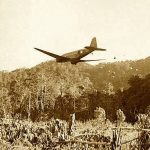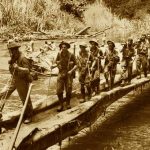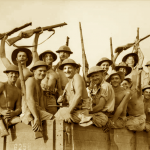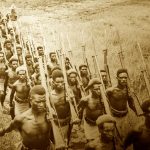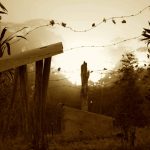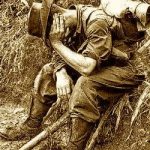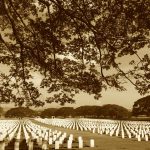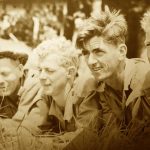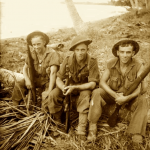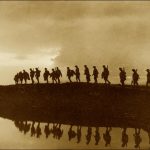In 1942, a sometime single-file track which blazed across some of the world’s most inhospitable terrain defined a generation of Australian soldiers during World War II.
Described by ABC war correspondent Chester Wilmont as a ‘dark blanket of green treetops broken only by the white waters of the turbulent creek’, the 96-kilometre Kokoda Track connected the tiny, northern outpost of Kokoda with Port Moresby. Snaking across Papua New Guinea’s rugged interior and the Owen Stanley Range which soars above the clouds at 2250 metres (7380 feet), the Kokoda Track played centre-stage to one of the Pacific War’s most brutal and strategically important battles that threatened Australia’s security.
Despite their lack of jungle training a band of Australian and Papuan battalions were ordered to protect the flank of the Australian army during the battle for Kokoda in surroundings as brutal as the battles they fought. Our Australian Soldiers retained their faith that they would prevail and win against the Japanese in the end, regardless of the difficulties. Our men defeated an enemy who had never been conquered, an enemy that had never tasted defeat. They overcame overwhelming odds and atrocious conditions, outnumbered and out gunned, their victory was possible due to their self-belief, their trust and respect for each other, their dependence on each other and their ability to never give up, to hang in there when all seemed lost. In addition to 1600 soldiers that were wounded, 625 ‘Diggers’ and an untold number of Papuan Infantry Battalions and carriers (Fuzzy Wuzzy Angels) lost their lives.
Read more about our heroes’ incredible story of COURAGE, ENDURANCE, MATESHIP and SACRIFICE…


